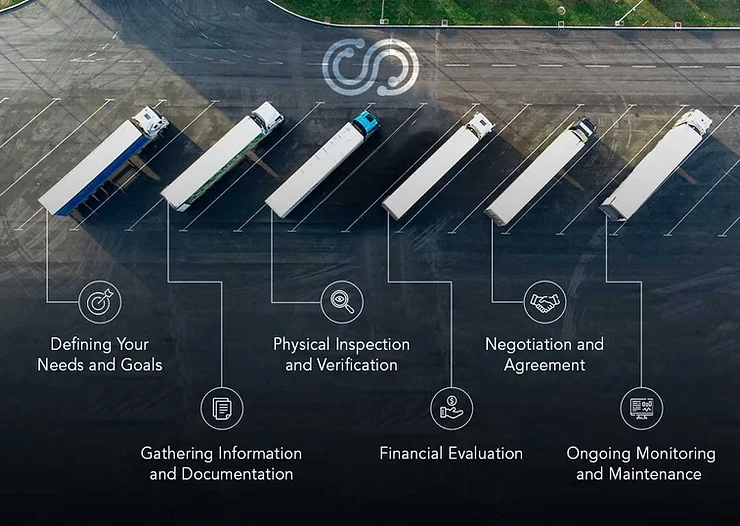
Acquiring new fleet assets is an exciting opportunity, promising expansion and growth. But before diving headfirst into any purchase, a thorough due diligence process is crucial. Just like a pre-purchase inspection for a personal vehicle, fleet due diligence ensures you’re getting what you bargained for and avoids potential headaches down the road.
This systematic approach ensures that every aspect of your fleet is examined, enabling you to mitigate risks, make strategic decisions, and optimize investments post-acquisition.
At Streamliners, we understand the importance of making informed decisions when it comes to your fleet. That’s why we’ve compiled this comprehensive guide outlining the essential steps for a successful fleet due diligence process, helping you navigate the open road with confidence:
The needs and goals for a successful fleet acquisition involve an assessment of operational capabilities and financial viability. Therefore, it is critical to understand the fleet’s current state beyond a simple asset list and book value. Instead, consider the importance of other factors like estimated maintenance needs, projected replacement costs, and service capabilities.
Once you’ve identified your needs, it’s time to gather as much information as possible about the targeted assets. This includes vehicle history reports, mileage, maintenance records, accident reports, warranty information, current value, and salvage value. Additionally, request copies of all relevant documentation, such as titles, registration papers, and emissions test results to ensure no unforeseen issues appear later.
Don’t rely solely on paperwork and spreadsheets to assess the condition of the vehicles. A physical audit is essential to verify the information provided and identify potential issues. Capturing photos and insights from the team that operates the vehicles directly offers an opportunity to obtain the best understanding of the current state of the equipment.
Naturally, a thorough financial analysis is crucial to assess the long-term viability of the acquisition, so it’s important to consider the state of fleet assets. This includes looking at the remaining useful life for each asset and the replacement costs to understand the short-term, mid-term, and long-term investment needs.
Once you’ve completed your due diligence and are confident in your buying decision, it’s time to negotiate the purchase. This includes finalizing the price, terms, and any contingencies based on the findings of your due diligence process.
Even after the acquisition, ongoing monitoring and maintenance are essential to ensure your fleet operates efficiently and safely. Implementing a robust service program, regularly tracking key performance indicators (KPIs), and investing in preventative maintenance can help maximize the lifespan of your vehicles and minimize time out of service.
A thorough fleet due diligence process is the key to successful fleet management. By following these essential steps, you can gain a comprehensive understanding of the fleet’s state and potential. This empowers you to make informed decisions, optimize operations, and position yourself for success.
At Streamliners, we understand the critical role that due diligence plays in fleet management. We help businesses navigate the complexities of fleet operations with confidence. Contact us today to learn more about how we can streamline your fleet management processes and drive your business forward.